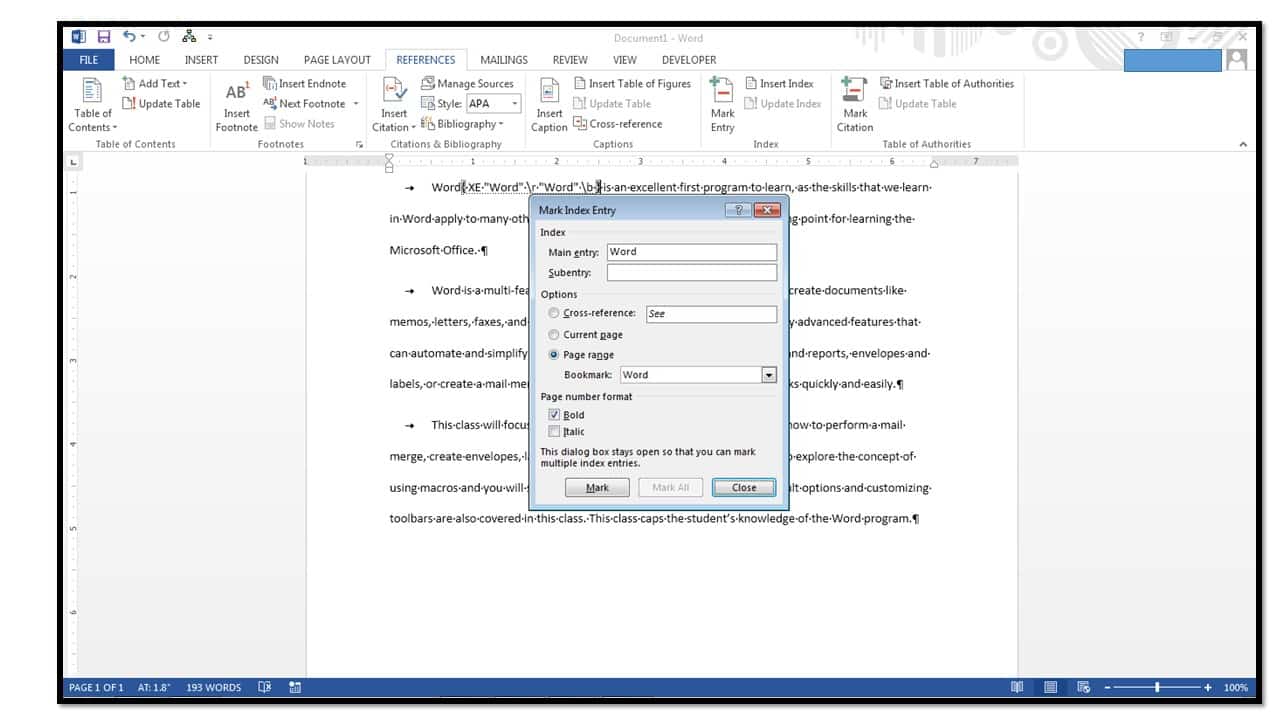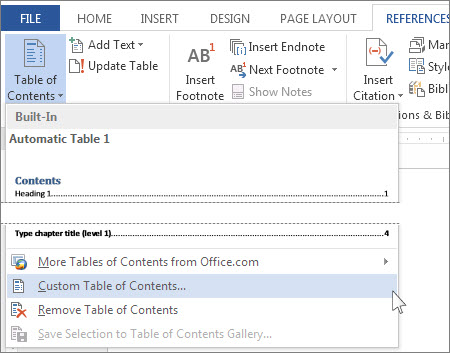
Change the Numbering drop-down list to reflect how you want Word to count your footnotes.Change the Start At value to reflect where you want Word to start numbering.Make sure the Footnotes radio button is selected.

Word displays the Footnote and Endnote dialog box. Click the small downward-pointing arrow at the lower-right corner of the Footnotes group.Make sure the References tab is selected on the ribbon.Word allows you to change how it handles footnote numbering by following these steps: Word allows you to specify both a starting footnote number and whether the numbering starts over with each new section in your document. You can change the way footnotes are numbered, however. Thus, if your document contains 14 footnotes, they will be numbered 1 through 14.
MS WORD FOOTNOTE NUMBERING WORD 2016 HOW TO
So that's how to change your footnotes, both the numbers and the explanatory text.įor more information about footnotes and endnotes, see the course summary.In Word, footnotes can be automatically numbered from 1 through the number of footnotes in the document. We have got now our note text in that Courier format, and we have got our spacing and that hanging indent all working nicely. What the hanging indent is going to do is - it's going to move these second lines of this note text underneath the first one, so the 'A' here is going to move under the 'F', and the 'M' is going to move under the 'E', okay? I'll make it 1.5 lines, and I'll add a Hanging indent too. That's fine.Ĭlick OK, and then I'll change the Paragraph spacing here. I'm going to choose Courier New, and I'm going to make it Italic, and then I'll keep the size the same. You don't have to hunt around for the right style.Īnd then you can click Modify, Format, Font like we did before, and then you could change the font here if you want. Now what if you want to change this text here? How do you do that? How do you change the style of that?Īgain, you go to the Manage Styles button, and then because we selected that footnote text, that particular style is now selected for you in this dialog box, so that makes it handy. I just want to make my superscript numbers bigger, so I'll choose that setting there, and click OK and then OK again.Īnd then with the final OK button, you'll see here that the superscript numbers are now bigger, and you might even say they are a little more readable. Incidentally, this is where you can turn off that Superscript setting if you don't want your numbers raised, but I happen to like that, so that's fine. Okay? We are going to modify that style, and we are going to modify the font. So to get to those behind-the-scenes Styles, we're going to go to this little arrow, and we're going to go down here to this Manage Styles button.Īnd then we want to look for the footnote reference style, so we are going to go ahead and choose alphabetical here, and then find it in here. It uses some behind-the-scenes Styles for that. Now, if you have used Word Styles before or even if you haven't, they are up here on the HOME tab, okay?Īnd you've got your Heading Styles up here.īut Word uses Styles to display this little footnote and to make this text look good down here in your notes pane, okay? You can do all that, and the way we do that is we use Word Styles. Maybe, you want to change the font or the size or the spacing. Maybe, you want that footnote number to be bigger, or perhaps you don't want to use superscript, or maybe, this text down here, you want it to look a little different.

So, for example, we have a little superscript three here.

You have inserted footnotes, but maybe you don't like the size of the number.


 0 kommentar(er)
0 kommentar(er)
